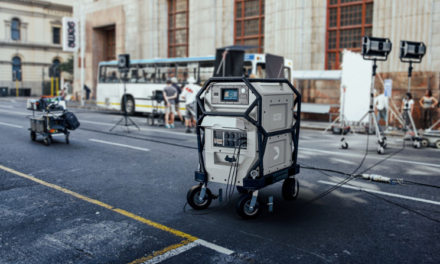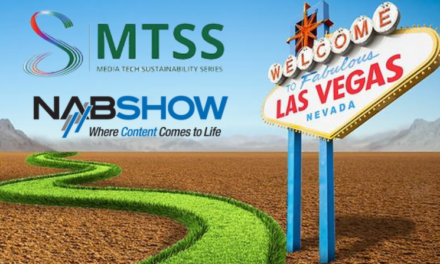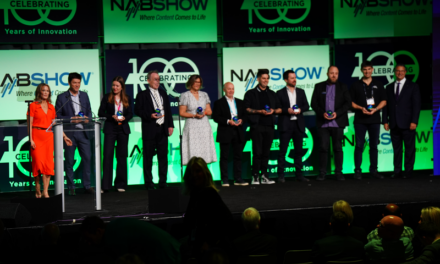LAS VEGAS — Apr. 15, 2024 — NAB 2024 — Advanced HDR by Technicolor — a suite of high dynamic range (HDR) production, distribution and display solutions that leverage machine learning to maximize the image quality of any HDR format — offers sustainability features that contribute to energy consumption savings and more efficient use of infrastructure, according to Valérie Allie, InterDigital’s Video Solutions Group Director. Advanced HDR by Technicolor is a collaboration between Philips, InterDigital and Technicolor.
“The team has focused on integrating innovations that enhance viewing experiences while employing cost-effective technologies to diminish the carbon footprint of both HDR and SDR content,” says Allie.
Display Adaptation
Reducing energy consumption, according to Allie, at the device level is critical to achieving energy savings.
“This is because the vast majority of video ecosystem energy consumption occurs when consumers view content on their devices,” she explains. To address this fact, Advanced HDR by Technicolor offers display adaptation technology that ensures the delivery of premium HDR content tailored to the capabilities of receiving devices, regardless of whether they are TVs, mobile devices or tablets.
“Advanced HDR by Technicolor’s dynamic metadata feature allows for the adaptation of peak luminance levels, reducing power and energy consumption without sacrificing the viewing experience,” says Allie.
Single Stream Distribution of SDR and HDR
Innovations in dynamic metadata explain another significant contribution to the industry’s sustainability objectives.
The adoption of Single Layer HDR (SL-HDR) — a dynamic and tunable real-time tool that generates and delivers a single, consistent, high-quality stream — transforms HDR input streams into SDR-with-metadata streams to compatible receivers, providing consumers with high-quality HDR images.
“Delivering SDR and HDR content typically requires increased bandwidth and storage to support separate streams and infrastructure. Advanced HDR by Technicolor addresses this challenge by delivering a single SDR stream with metadata that automatically converts video when it recognizes that the receiving device supports HDR,” she says.
This optimizes resource utilization while ensuring accurate rendering across compatible devices.
“In addition, the integration of versatile video coding (VVC) with metadata further enhances compression efficiency, reducing storage requirements and other resource requirements,” says Allie.
These and other HDR innovations will be demonstrated during NAB 2024 at both the ATSC booth – W3056 and Ultra HD Forum booth – W4007.
Journalists and analysts interested in organizing briefings or interviews can schedule appointments at the ATSC booth click here at the Ultra HD Forum booth click here.





